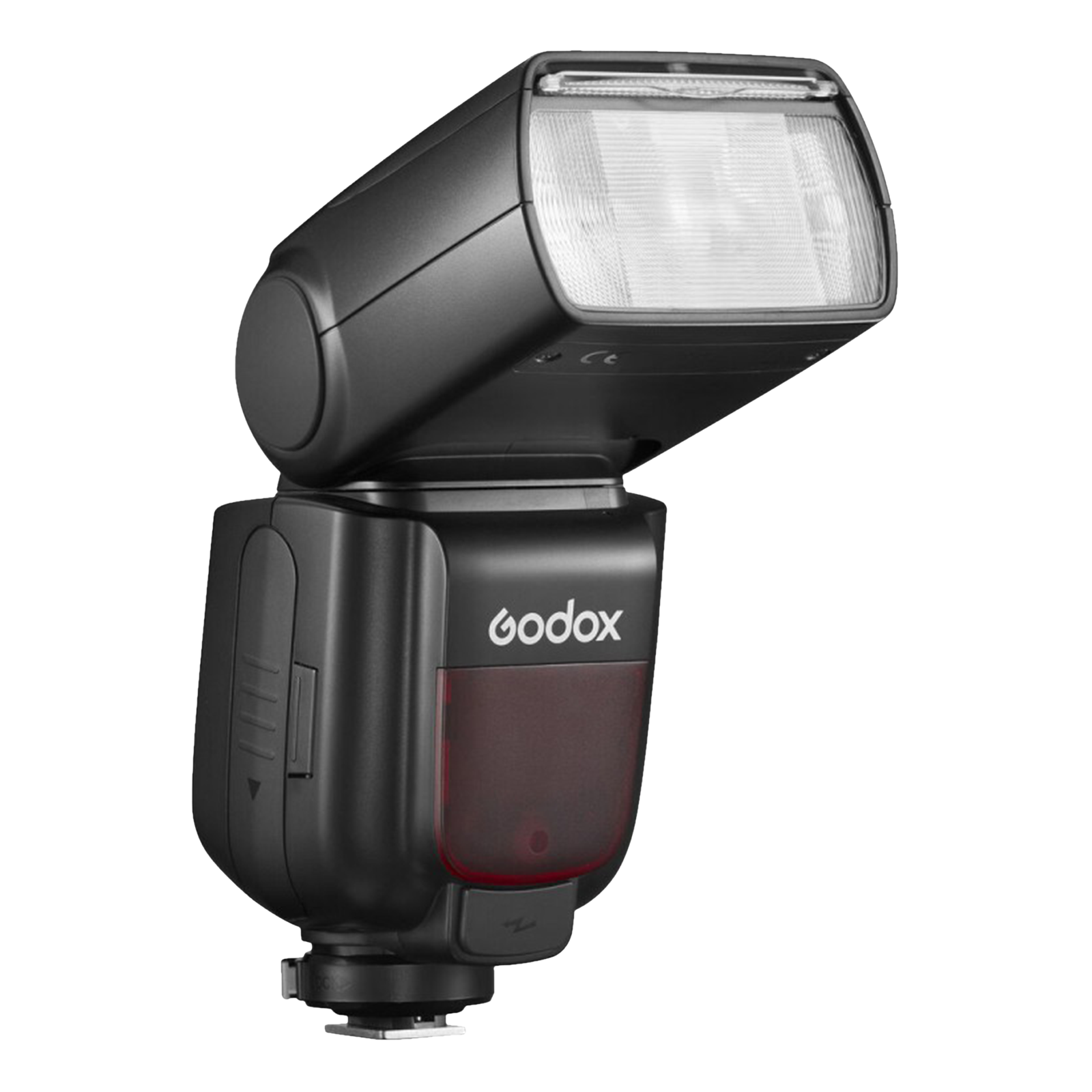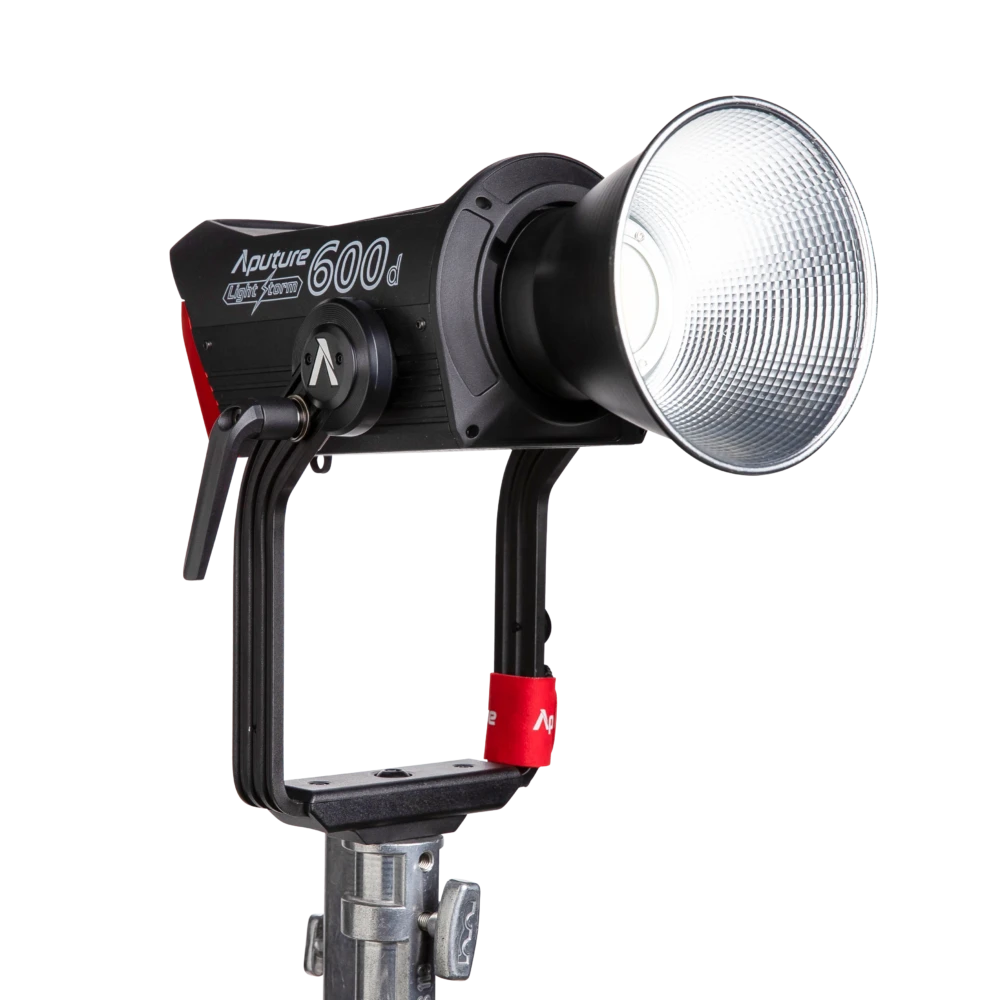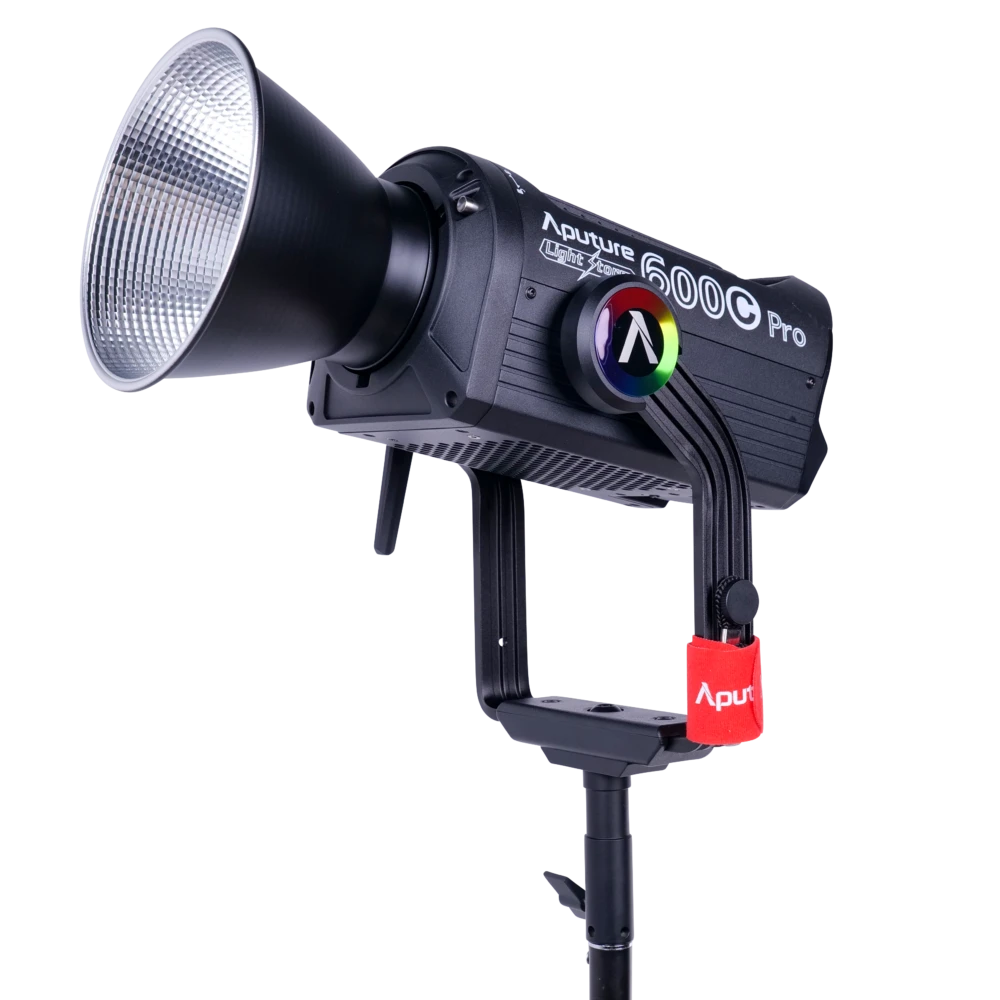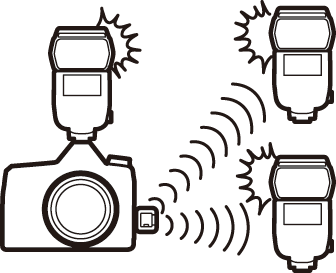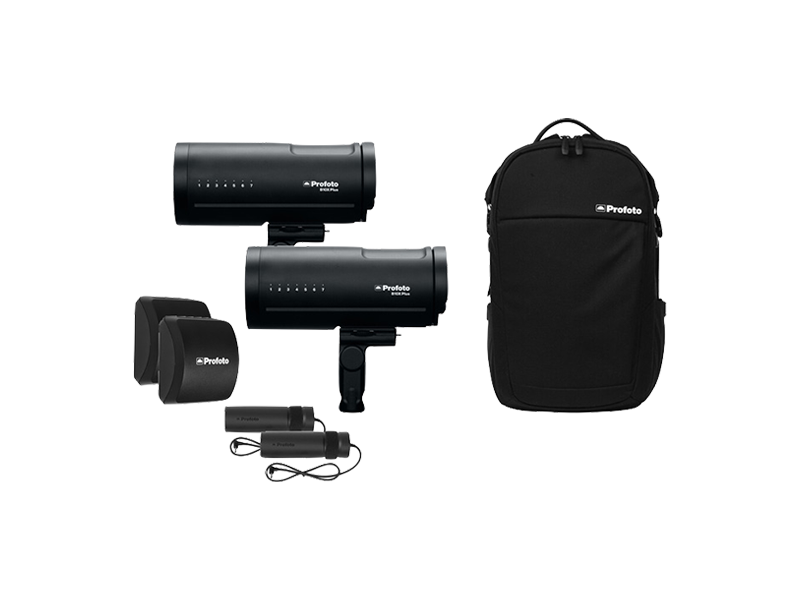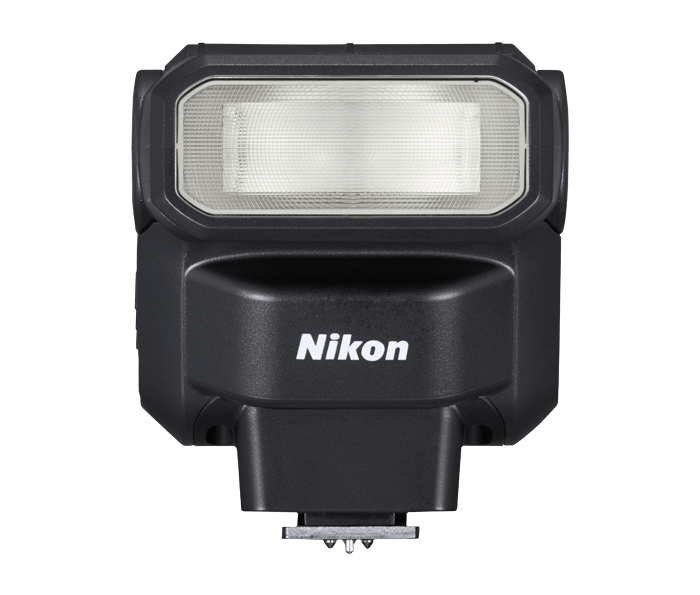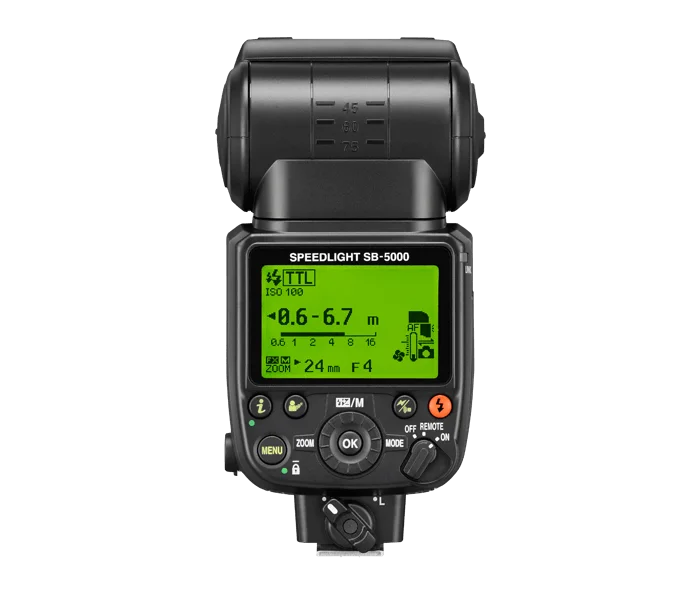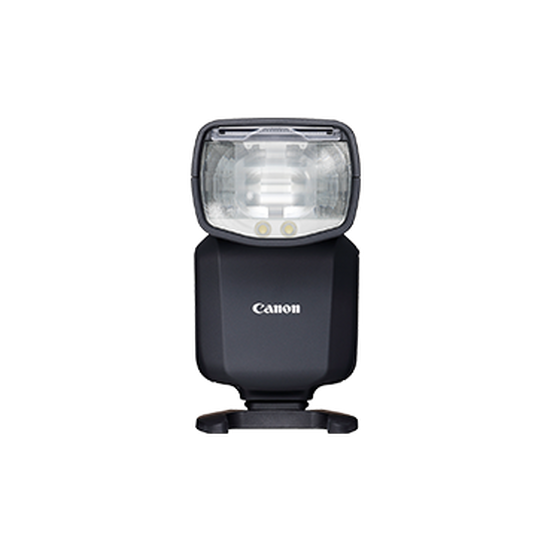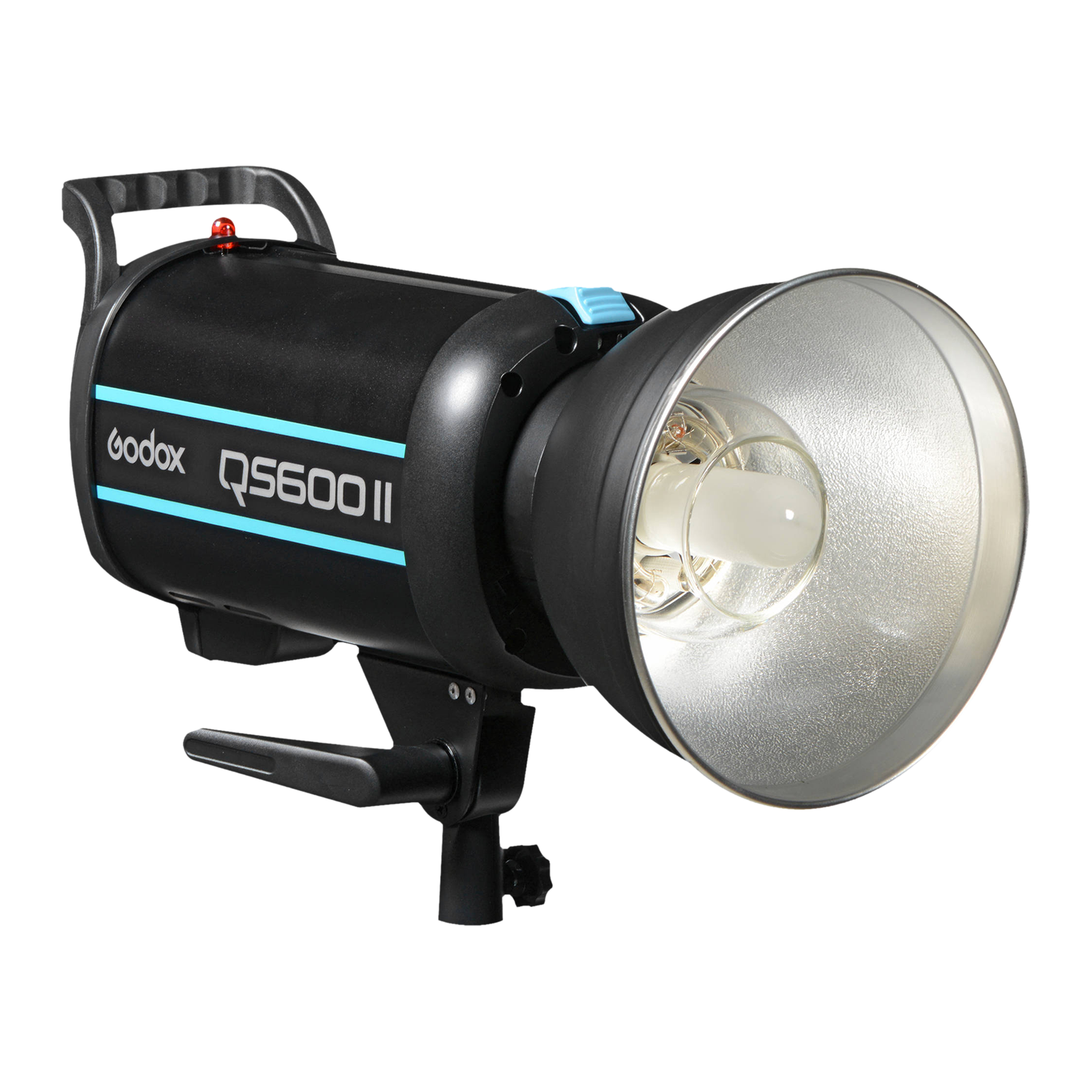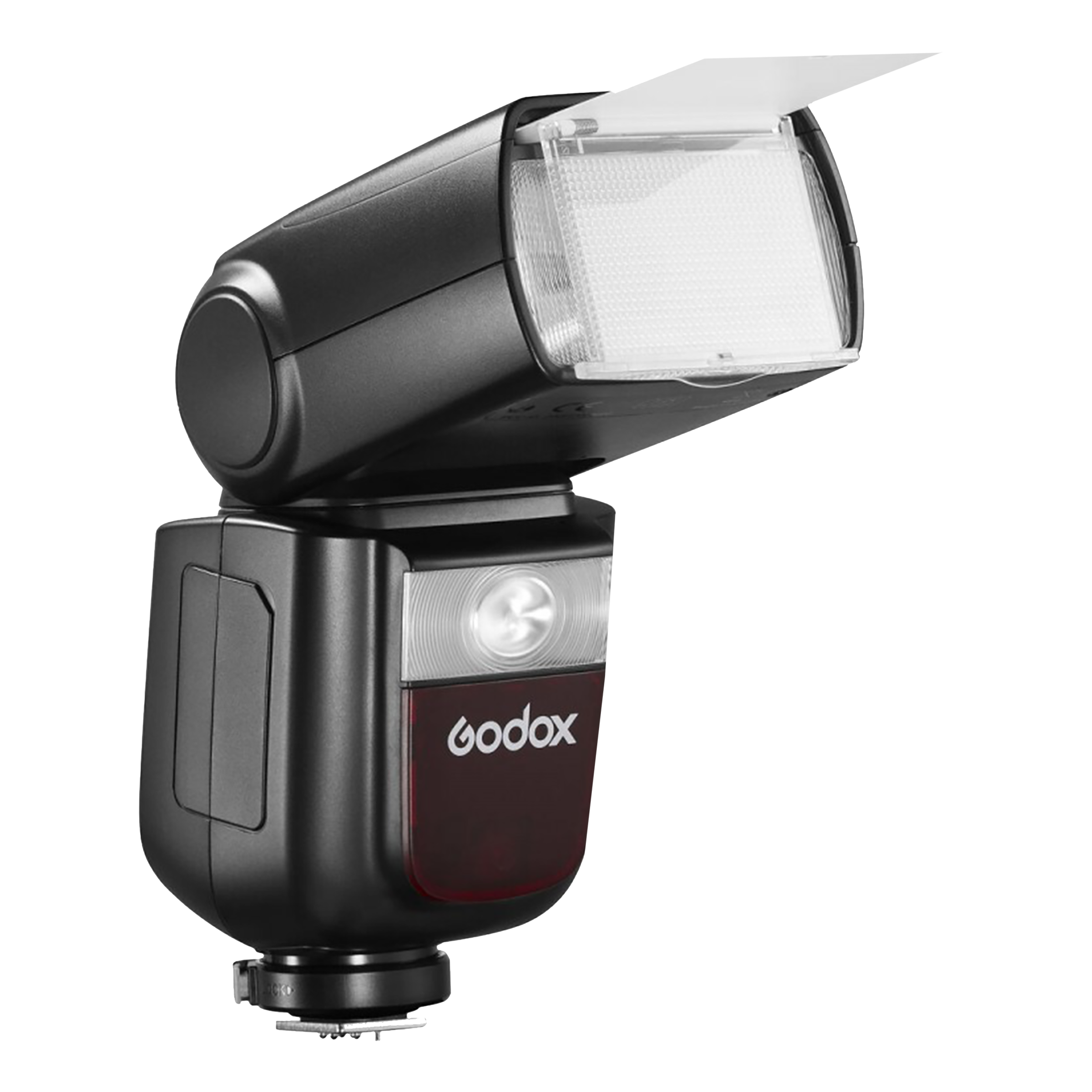Download top and best high-quality free Flash Lighting PNG Transparent Images backgrounds available in various sizes. To view the full PNG size resolution click on any of the below image thumbnail.
License Info: Creative Commons 4.0 BY-NC
If you are a photographer, you understand the importance of lighting when taking photographs. And, when it comes to lighting, flash photography is an essential component that comes in handy in various situations. Flash lighting is a technique used to provide an additional source of light in situations where natural lighting may be insufficient, or to add an artistic touch to an image. In this article, we will delve into everything you need to know about flash lighting.
What is Flash Lighting?
Simply put, flash lighting involves the use of a device that emits a sudden burst of bright light to illuminate a scene. This burst is typically short-lived, allowing the photographer to freeze motion or capture a moment that would be difficult with ambient light. In photography, the most common type of flash lighting comes from an external flash unit, triggered either electronically or via a cable.
The Types of Flash Lighting
1. On-Camera Flash: This is the most common type of flash lighting, typically built into a camera’s body. It is often used in low-light situations or when capturing a subject that is not too far away. However, its directionality can be challenging, leading to unflattering shadows, and it may not be powerful enough for more complex shots.
2. Off-Camera Flash: With this type of flash lighting, the flash unit is detached from the camera and triggered remotely. It provides greater control over the direction of the flash, resulting in a more professional and flattering lighting setup. Off-camera flash often requires additional equipment such as stands, triggers, and modifiers, which means that it can be more expensive.
How to Use Flash Lighting?
Learning to use flash lighting effectively requires practice, patience, and a bit of trial and error. Here are some tips on how to use flash lighting for your photography:
1. Understand Flash Sync Speed: Flash sync speed refers to the maximum shutter speed that can be used when using flash. It varies depending on the camera model and flash unit. When using flash, keep your shutter speed within the recommended range to avoid overexposure.
2. Use Fill Flash: Fill flash refers to the use of flash to fill in shadows or areas of underexposure in your image. This technique can be useful when taking portraits or outdoor photos under bright sunlight. It helps to balance the exposure by illuminating the shadows without overexposing the highlights.
3. Use Diffusers: Diffusers are accessories that help to soften and distribute the light from the flash. They come in various forms, including umbrellas, softboxes, and diffuser caps. They reduce the harshness of the light and create a more natural, even illumination.
Advantages of Flash Lighting
1. Adds Clarity to Images: Flash lighting can add clarity to images by illuminating details that would be otherwise difficult to capture with ambient light.
2. Provides Additional Lighting: Flash lighting comes in handy when ambient light is insufficient or unavailable, allowing you to capture images that would otherwise be too dark or blurry.
3. Artistic Touch: Flash lighting also provides the opportunity to add an artistic touch to your photos. You can use techniques such as slow sync flash to create unique and compelling images.
Disadvantages of Flash Lighting
1. Can Be Unflattering: Flash lighting can be unforgiving, highlighting blemishes, wrinkles, and other imperfections on a subject’s face or body.
2. May Be Distracting: In some situations, flash lighting can be distracting to the subject or audience, taking away from the natural look and feel of the image.
3. Requires Additional Equipment: Off-camera flash, and other advanced flash photography techniques often require additional equipment such as stands, triggers, and modifiers, which can be expensive and cumbersome to carry around.
Conclusion
Flash lighting is an essential component of photography, offering many advantages for photographers. It can provide additional lighting, add an artistic touch to images, and add clarity to photos. However, it also has its drawbacks, such as being unflattering and requiring additional equipment. By understanding the different types of flash lighting and how to use them effectively, photographers can take their photography to the next level.
Download Flash Lighting PNG images transparent gallery
- Flash Lighting PNG
Resolution: 1600 × 1600
Size: 602 KB
Image Format: .png
Download
- Flash Lighting PNG Clipart
Resolution: 1000 × 1000
Size: 528 KB
Image Format: .png
Download
- Flash Lighting PNG Picture
Resolution: 1000 × 1000
Size: 516 KB
Image Format: .png
Download
- Flash Lighting PNG Free Image
Resolution: 336 × 273
Size: 21 KB
Image Format: .png
Download
- Flash Lighting PNG Photo
Resolution: 450 × 450
Size: 73 KB
Image Format: .png
Download
- Flash Lighting Transparent
Resolution: 800 × 600
Size: 131 KB
Image Format: .png
Download
- Flash Lighting PNG Image HD
Resolution: 700 × 595
Size: 137 KB
Image Format: .png
Download
- Flash Lighting PNG Image
Resolution: 644 × 646
Size: 375 KB
Image Format: .png
Download
- Flash Lighting PNG Images HD
Resolution: 700 × 595
Size: 131 KB
Image Format: .png
Download
- Flash Lighting
Resolution: 1200 × 1200
Size: 168 KB
Image Format: .png
Download
- Flash Lighting No Background
Resolution: 550 × 550
Size: 98 KB
Image Format: .png
Download
- Flash Lighting PNG Cutout
Resolution: 1200 × 1200
Size: 461 KB
Image Format: .png
Download
- Flash Lighting PNG Images
Resolution: 1200 × 1200
Size: 900 KB
Image Format: .png
Download
- Flash Lighting PNG File
Resolution: 1600 × 1600
Size: 1510 KB
Image Format: .png
Download
- Flash Lighting PNG HD Image
Resolution: 1200 × 1200
Size: 1218 KB
Image Format: .png
Download
- Flash Lighting PNG Photos
Resolution: 280 × 280
Size: 32 KB
Image Format: .png
Download
- Flash Lighting PNG Pic
Resolution: 2400 × 2400
Size: 1188 KB
Image Format: .png
Download
